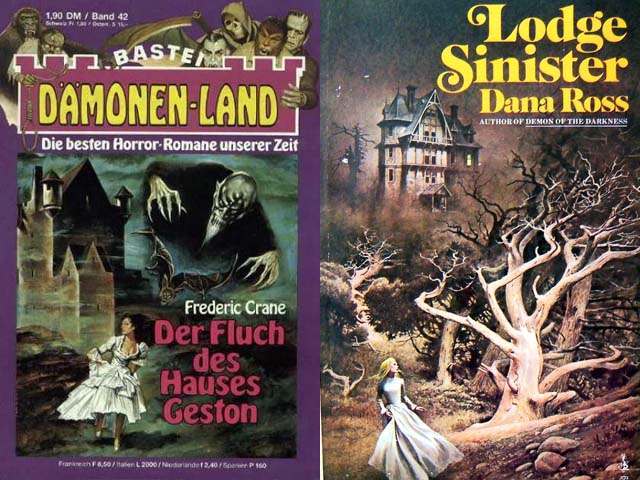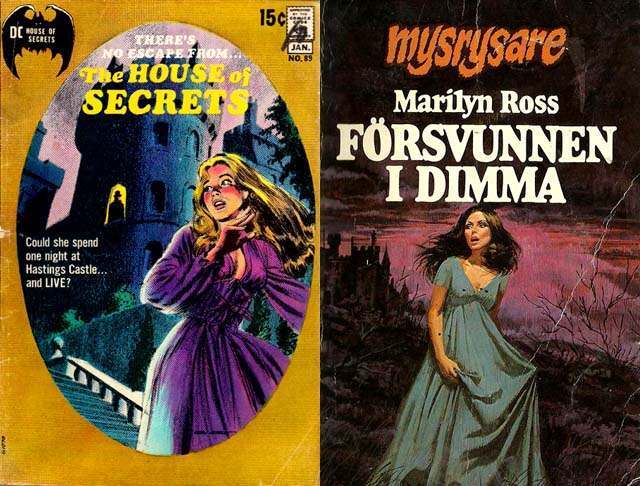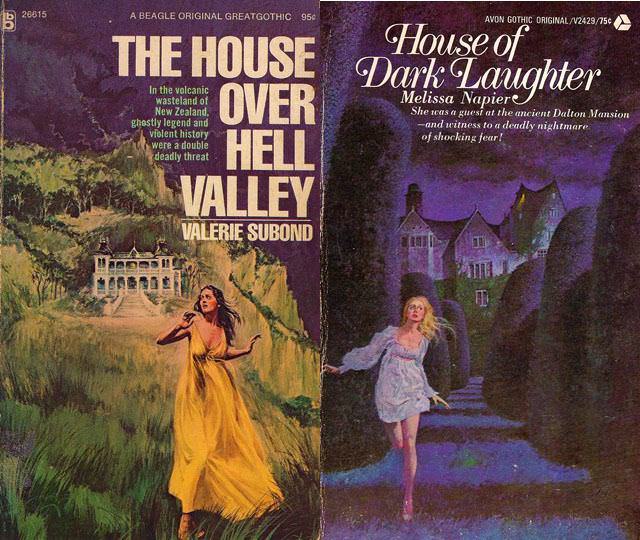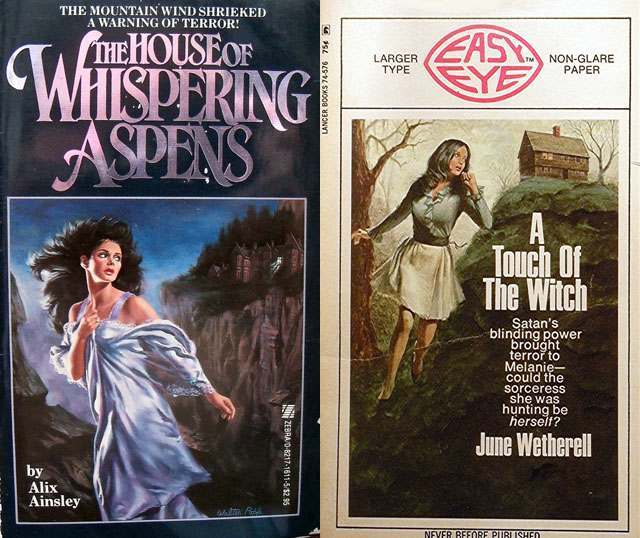The Gothic romance genre has a unique charm that has captured readers for centuries. One of its most recognizable features is the iconic cover art. If you’ve ever seen a Gothic romance paperback, you’ve likely spotted a woman running from a house. This image has become a hallmark of the genre, and it raises some interesting questions about what these covers represent.
The roots of Gothic horror can be traced back to several influential works. One key figure is Mathew Lewis, whose novel ‘The Monk’ includes dark tombs, misty forests, and haunted hallways. However, it was Ann Radcliffe’s ‘The Mysteries of Udolpho’ (1794) that truly popularized the image of a woman fleeing a sinister house. This novel set the stage for countless others to follow.
So, what exactly is the “women running from houses” genre? It refers to a specific style of Gothic romance novels, almost always featuring a woman in distress on the cover. These covers share several common elements. First, there is always a sinister-looking residence in the background. This house often appears dark and foreboding, hinting at secrets within.
Read more
Next, there is usually a single, lighted window. This window stands out against the darkness. It creates a sense of mystery and danger. Readers are left to wonder who—or what—might be inside. It’s worth noting that the window is never accompanied by another light source. There are no porch lights or car headlights to distract from the focus.
Sometimes, a shadowy male figure lurks between the woman and the house. This figure could be positioned in the entryway or peering from the window. However, the viewer never gets a clear look at this mysterious person. This adds to the suspense and intrigue of the cover.
The woman in the foreground is always a key element. She is typically shown running, suggesting a desperate escape. Sometimes she pauses or hides, but the sense of urgency is always present. This image captures the tension and excitement that readers expect from a Gothic romance.
The formula for these covers became so common that it bordered on obsessive. Publishers often relied on this template to attract readers. It’s fascinating to see how a single image could convey so much emotion and drama. Each book might tell a different story, but the cover art offered a familiar and thrilling promise.
Some novels, like ‘The Rest Is Silence’, check all the boxes of this genre. Others, such as ‘The Third Woman’, might skip the lurking male figure but still maintain the overall feel. This consistency in design reflects the genre’s popularity and enduring appeal.












































